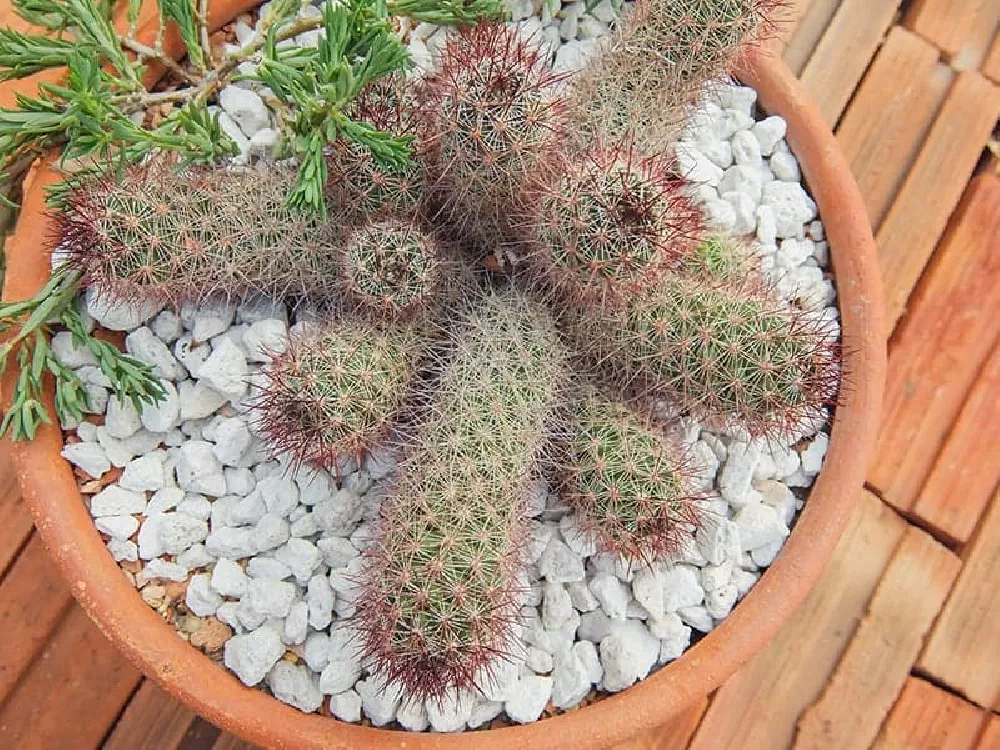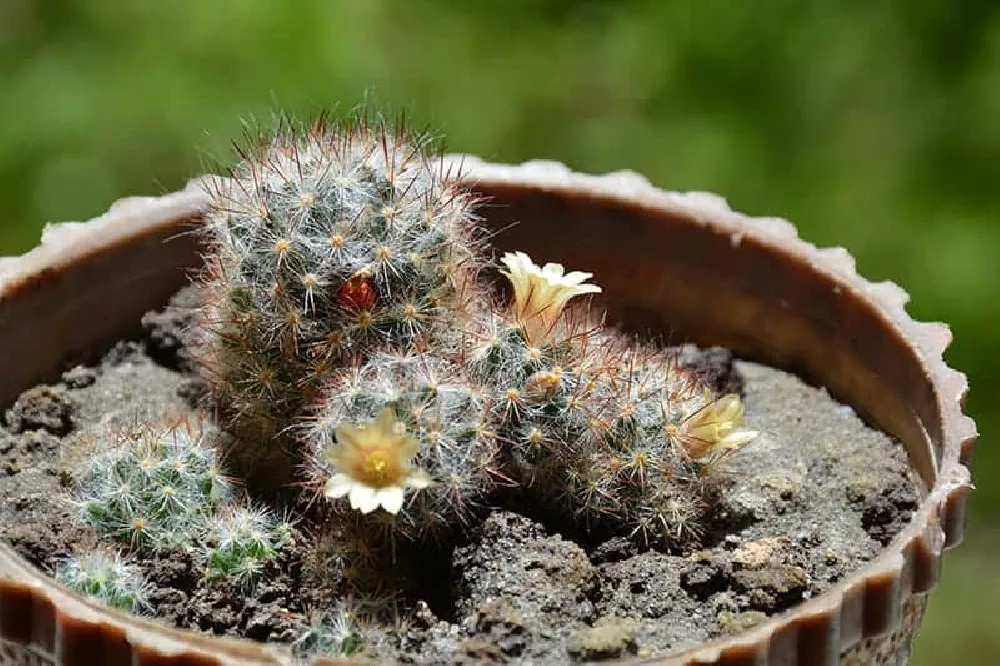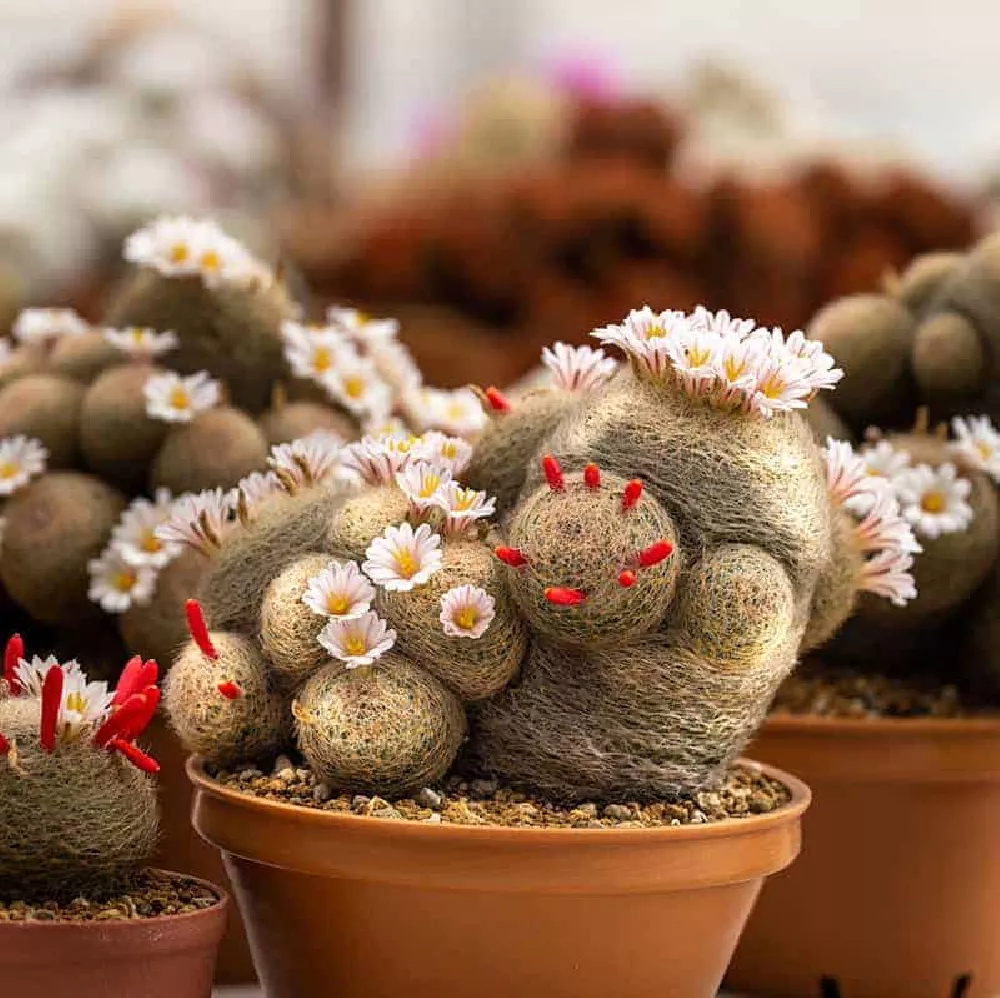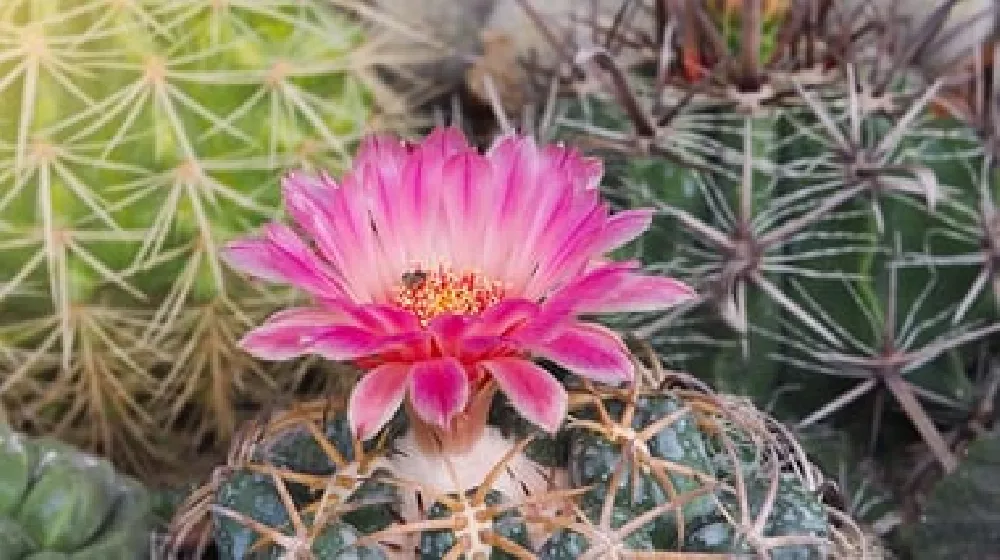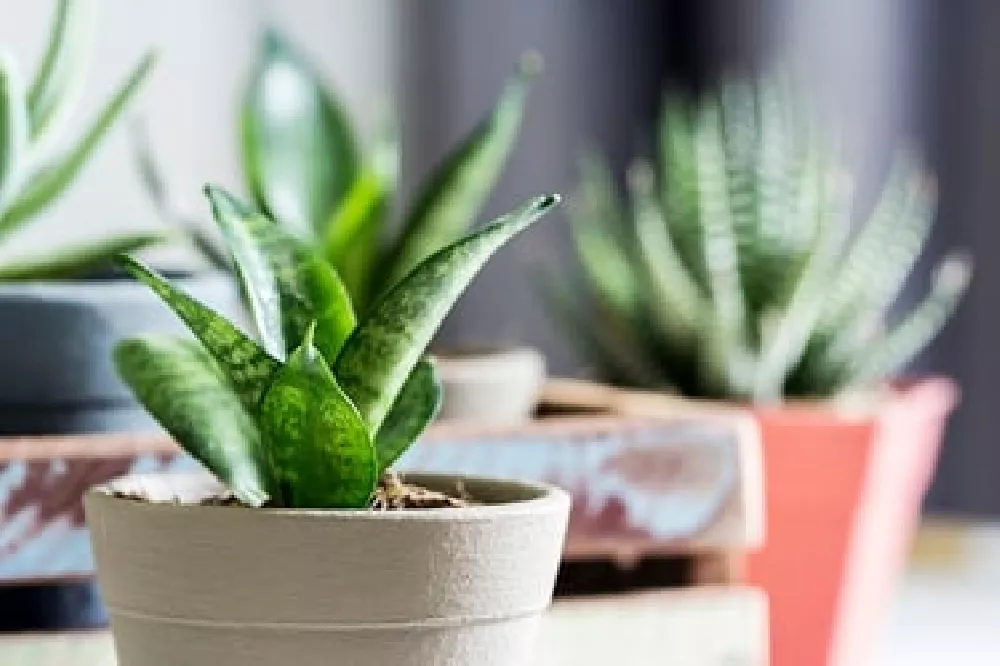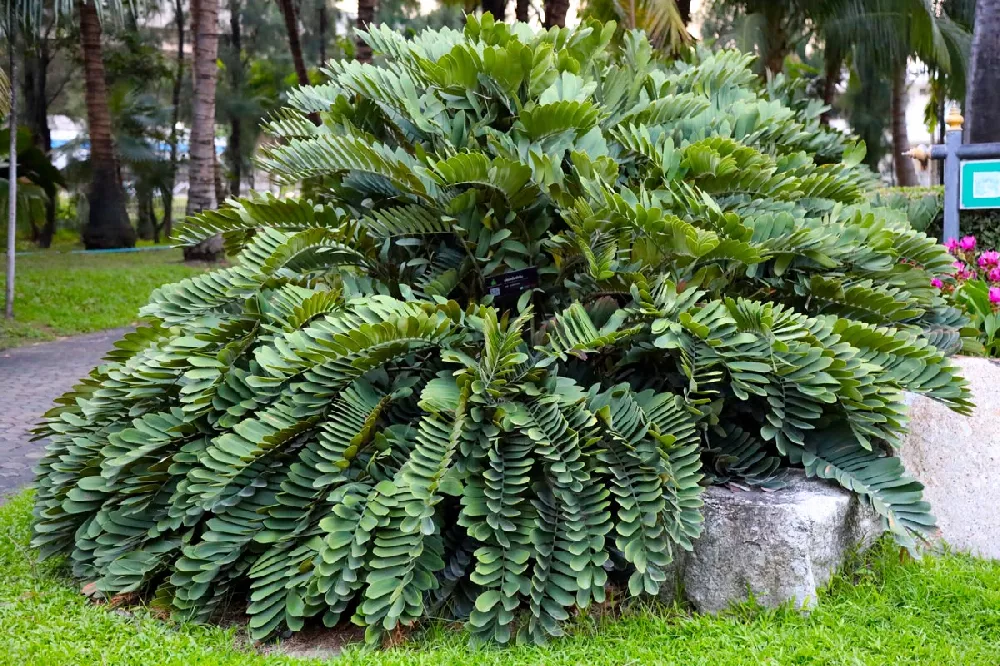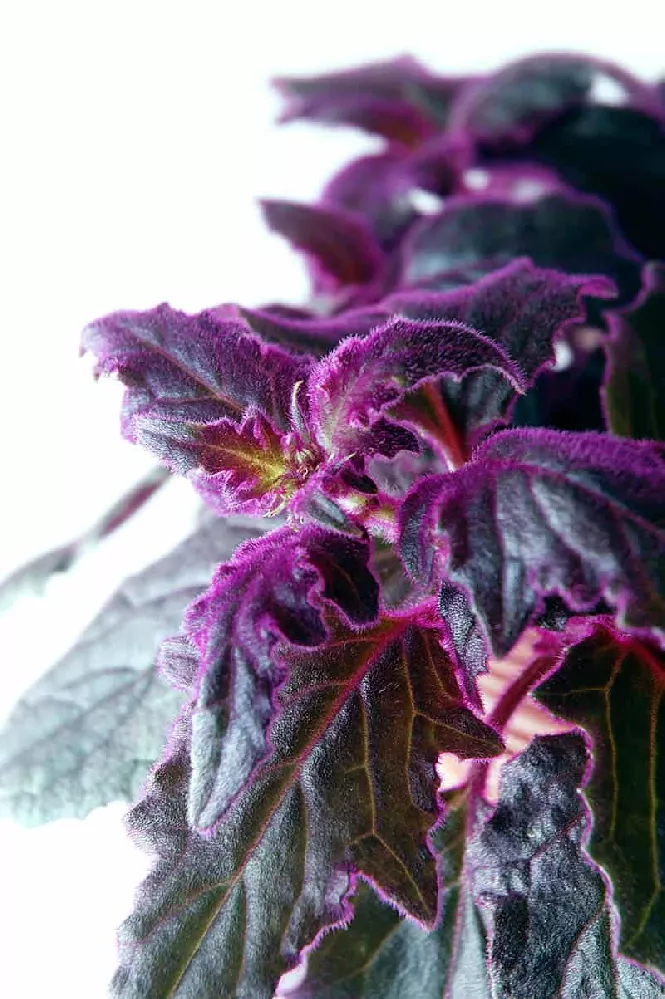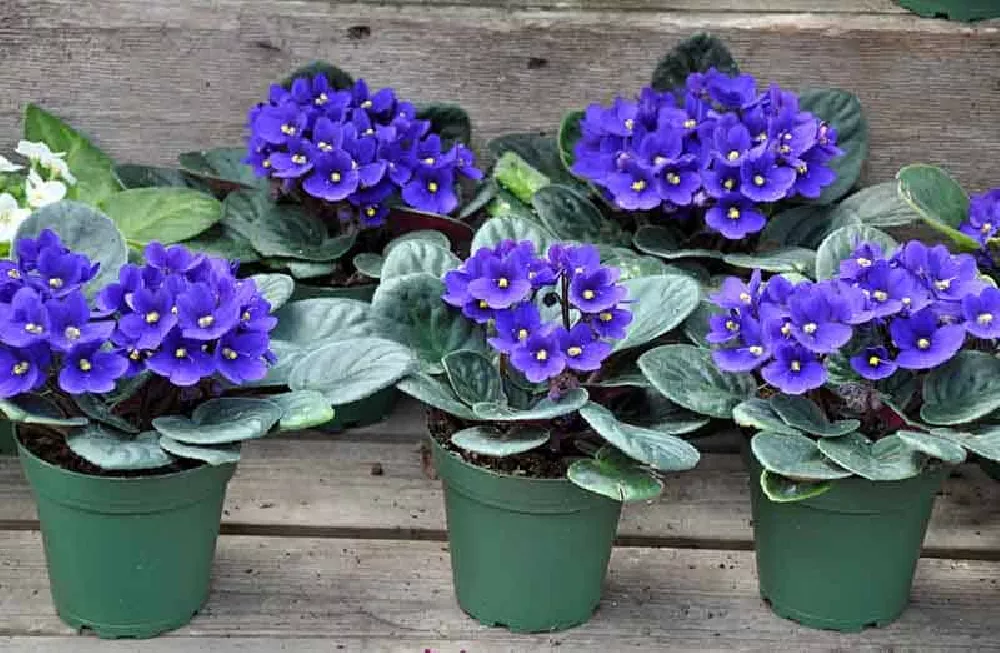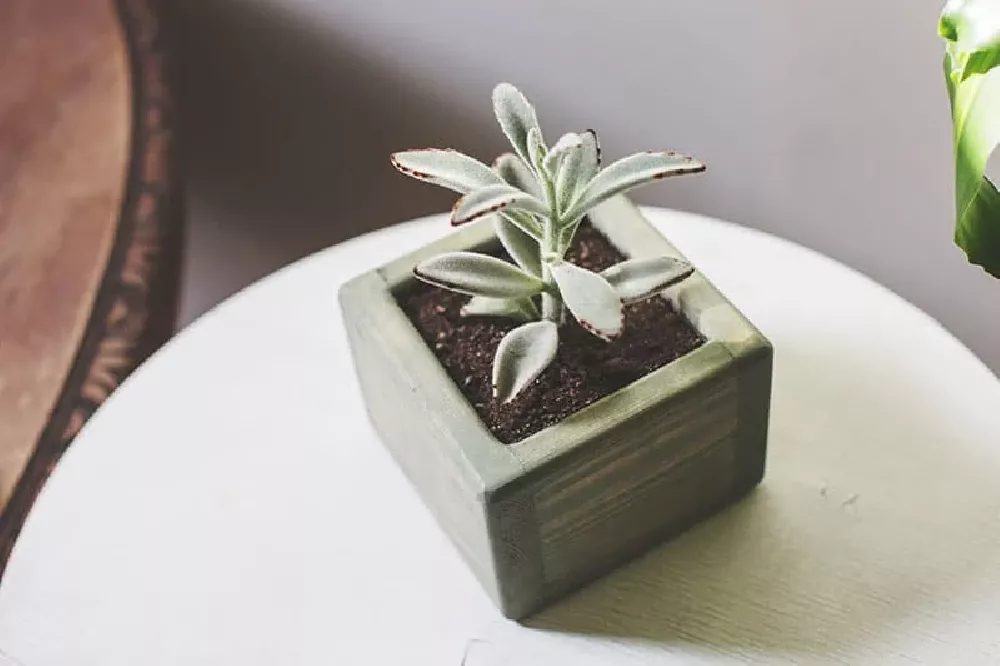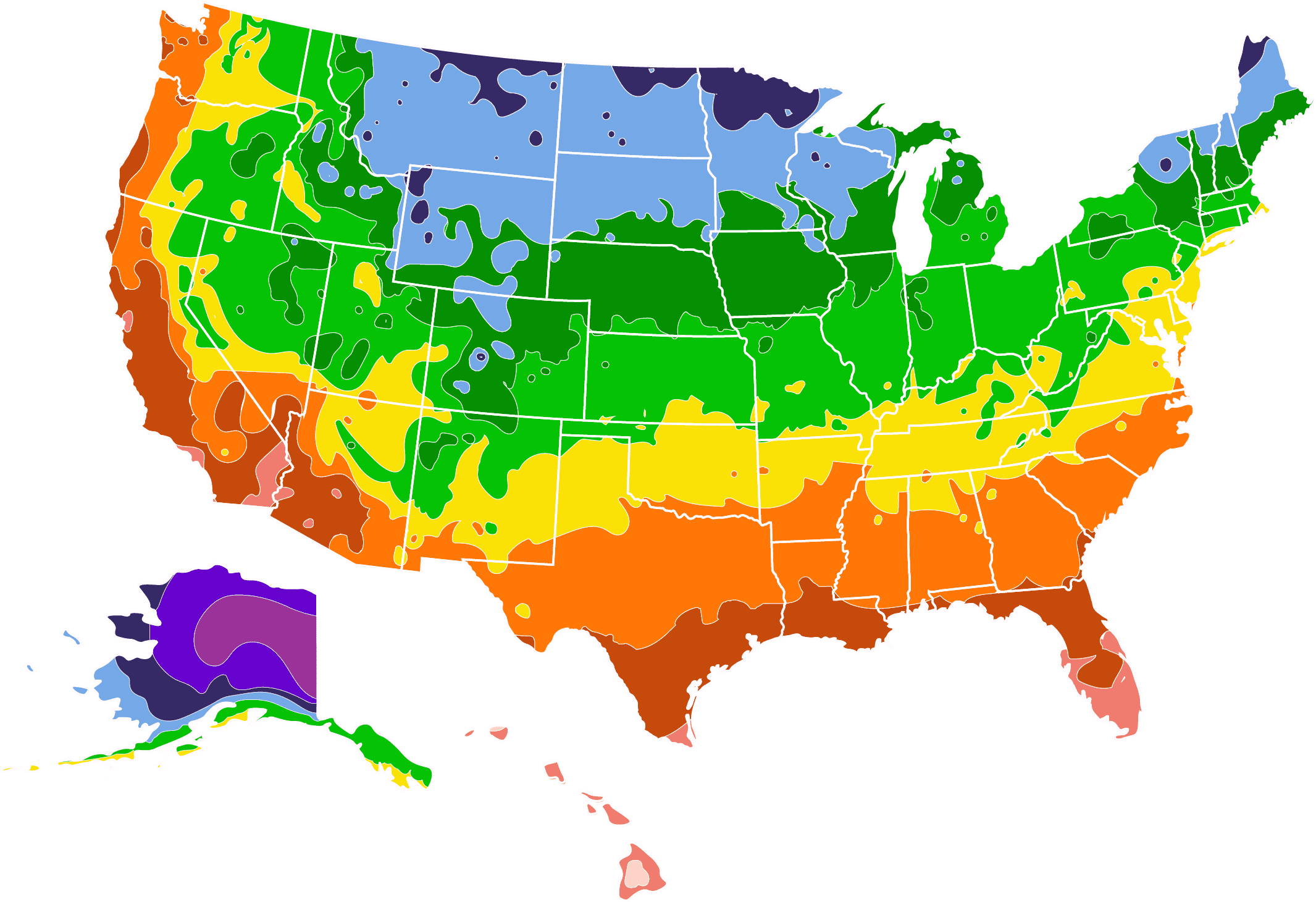- Home >
- Houseplants >
- Mammillaria
Mammillaria plants are a group of cactus plants that dwell in warm regions such as the American Southwest and parts of Central America. Mammillaria is a genus with several hundred varieties. The name comes from the fact people often think these plants resemble mammary glands. Overall, Mammillaria plants are small and make for great indoor container plants with prominent flowers.
- Great pest resistance.
- Noticeable colorful blooms on the top of the plant.
- Highly valuable to avid cactus collectors.
Planting and Care
Planting instructions
Since Mammillaria plants come from hot regions of the world, you might expect they need full sun. However, that is not the case. In some cases, sunlight that is too intense can cause the plant to decline. If you grow Mammillaria plants indoors, place them on a windowsill that sits in sunlight for about four hours each day.
Mammillaria plants also need soil that has fantastic drainage capabilities. To make sure those conditions are in place, plant your Mammillaria plants in soils that have plenty of coarse aggregates.
Watering and nutrients
Wait for the soil that surrounds your Mammillaria plant to become dry. When that happens, you can water the plant until you soak the first few inches of the soil. If you are struggling to set an effective watering schedule based on those means, watering once per month is a good approach.
In winter, you should reduce your watering drastically as the plant is prone to root rot in its dormant phase. The same is true for fertilization. Provide a phosphate-rich fertilizer about once per month in the non-winter seasons.
Pests, diseases, and animals
Although it is not common, a Mammillaria plant can experience pest infestation. The most common pests you might find are gnats, spider mites, and scale insects. However, the greater concern for these plants is over-watering.
When you over-water a Mammillaria plant, you risk causing root rot. If you give your plant too much water it will begin to become mushy, and fungus may develop as well.
Achieving maximum results
Finding the right location and conditions for your Mammillaria plant are crucial factors towards your success in raising one of these plants. Four hours of light is ideal, but Mammillaria plants will also survive in indirect sunlight.
Another helpful tip is to put your Mammillaria plant in a cool area during the winter. While these plants do not survive freezes, cooler winter temperatures will encourage the plant to bloom better in the spring.
FAQs
How can you make a Mammillaria plant bloom?
The blooms of a Mammillaria plant are one of the main features that make it popular. However, getting this plant to bloom can be difficult at times. The best way to promote blooms is to fertilize during the growing season. The fertilizer you use should have high amounts of phosphate. Storing indoor Mammillaria plants in a cool area during winter is another tactic that will help the plant bloom the following season.
How big do Mammillaria plants grow?
One of the main reasons Mammillaria plants are so popular as indoor container plants is because they have a small mature size. The exact size of your Mammillaria plant will depend on the variety you have. In general, you can expect these plants to grow to anywhere between five inches and one foot in total height. Most of the species will be compact and remain low to the ground throughout their lives.
How long do Mammillaria plants bloom?
The bloom time for Mammillaria plants is relatively short. In most instances, these cacti will hold their flowers for about one week. The buds these plants produce arrive in the previous season and last through the winter. The flowers will then open during the summer months. Even with proper care, you cannot expect these blooms to last more than seven days. While short-lived, these flowers are impressive while present.
Can you propagate Mammillaria plants?
Propagating Mammillaria plants is a simple endeavor but there is more than one way to do it. You can always grow one of these plants from seed. What you can also do is propagate a new Mammillaria plant by removing part of a mature one. Simply cut off a part of the mature plant. Keep that piece in a paper towel until the wound heals. Then plant the piece in a new pot and wait for the roots to set.
